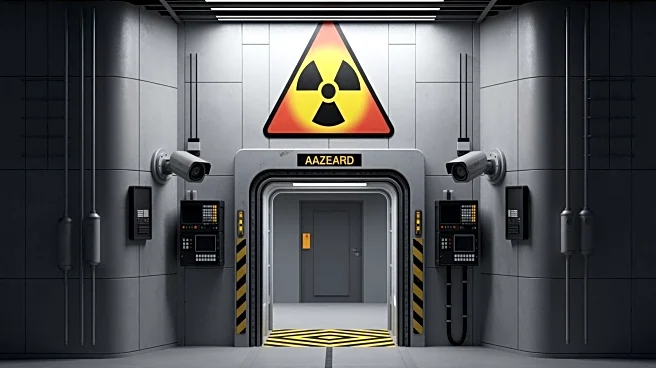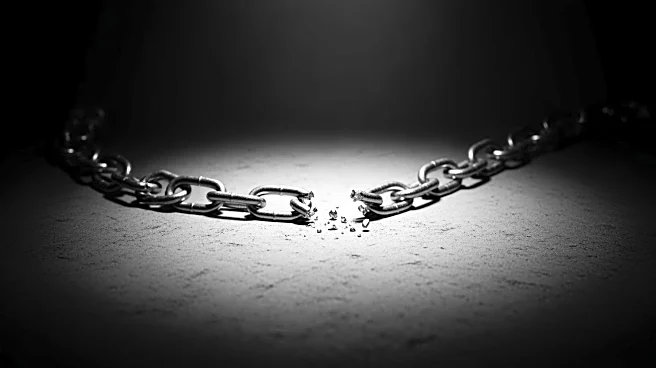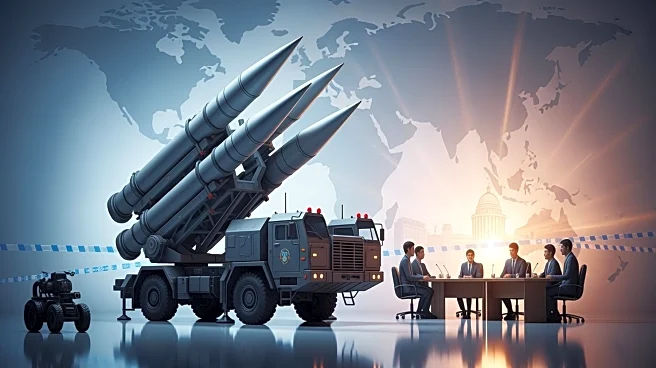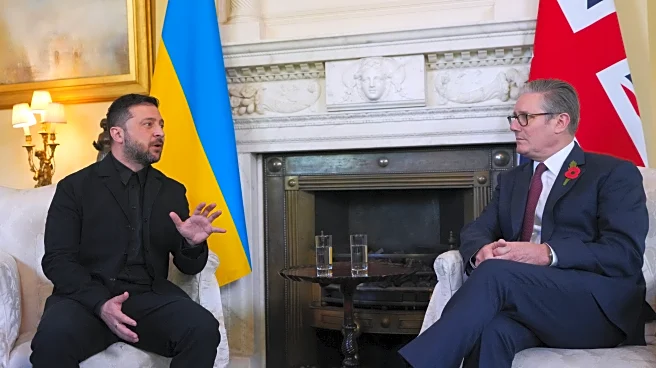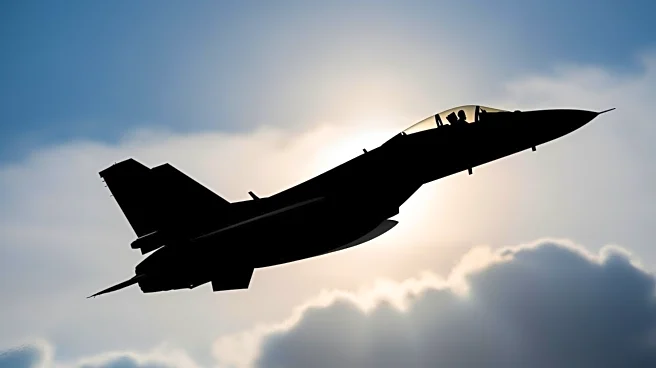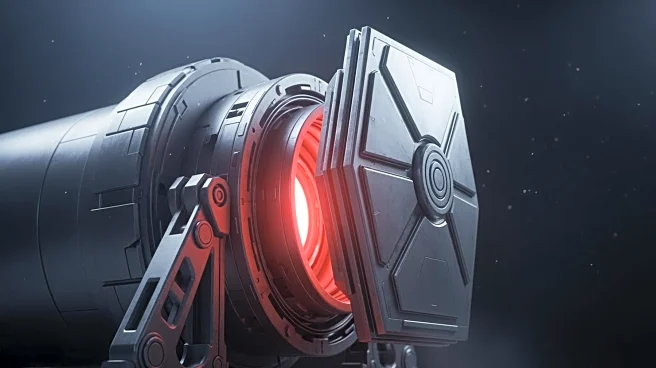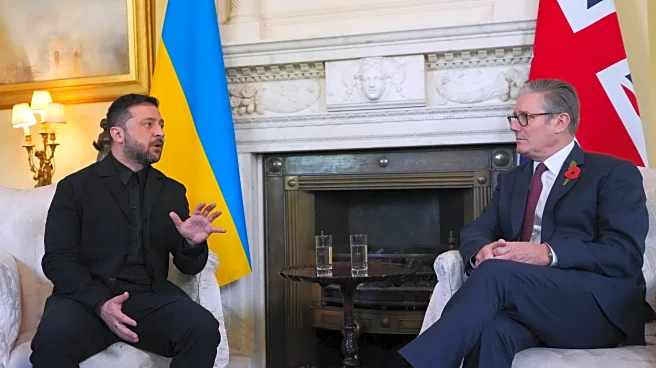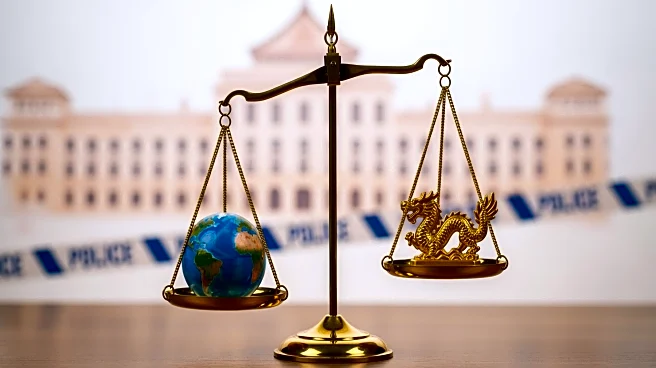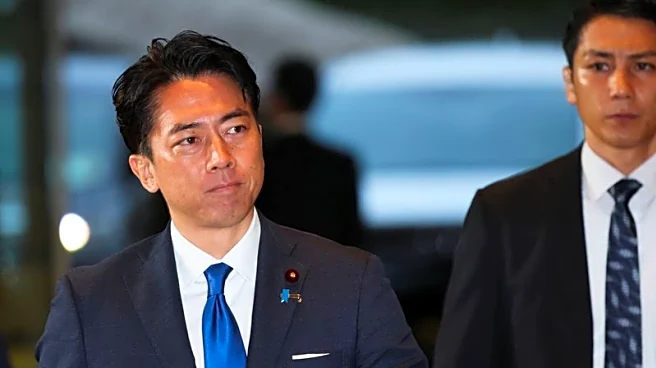What's Happening?
NATO has allowed journalists to witness its annual nuclear exercise, Steadfast Noon, for the first time, marking a significant shift in transparency. This exercise, previously top secret, involves NATO fighter
jets practicing the hypothetical deployment of U.S. nuclear weapons at European military bases. The move comes amid heightened tensions with Russia, which recently tested its nuclear readiness and warned of potential nuclear conflict. The exercise aims to demonstrate NATO's capabilities and deter potential nuclear threats, particularly from Russia. The event was held at Volkel Air Base in the Netherlands, with participation from 2,000 personnel and 70 aircraft from 14 NATO members.
Why It's Important?
The decision to publicize the nuclear exercise reflects NATO's strategic pivot towards transparency in response to Russia's aggressive actions, including its war on Ukraine. By allowing journalists to observe the exercise, NATO seeks to reassure its member states and the public about its nuclear deterrence capabilities. This transparency is intended to bolster public confidence and counter Russian narratives that may destabilize the region. The exercise underscores NATO's commitment to maintaining peace and security in Europe, while also serving as a warning to Russia about the alliance's readiness to respond to nuclear threats.
What's Next?
NATO's increased transparency may lead to further diplomatic tensions with Russia, which has criticized the exercise as destabilizing. The alliance may continue to enhance its public communication strategies to counter Russian propaganda and reinforce its deterrence posture. Additionally, NATO's member states might engage in discussions to further adapt their nuclear policies in light of evolving threats. The exercise could also prompt Russia to escalate its own military activities, necessitating ongoing vigilance and strategic planning by NATO.
Beyond the Headlines
The public nature of the exercise highlights ethical considerations regarding nuclear deterrence and the balance between transparency and security. It raises questions about the effectiveness of nuclear weapons as a deterrent and the potential risks of miscommunication or miscalculation in nuclear diplomacy. The exercise also reflects broader geopolitical shifts, with NATO adapting its strategies to address new security challenges posed by Russia's actions.
